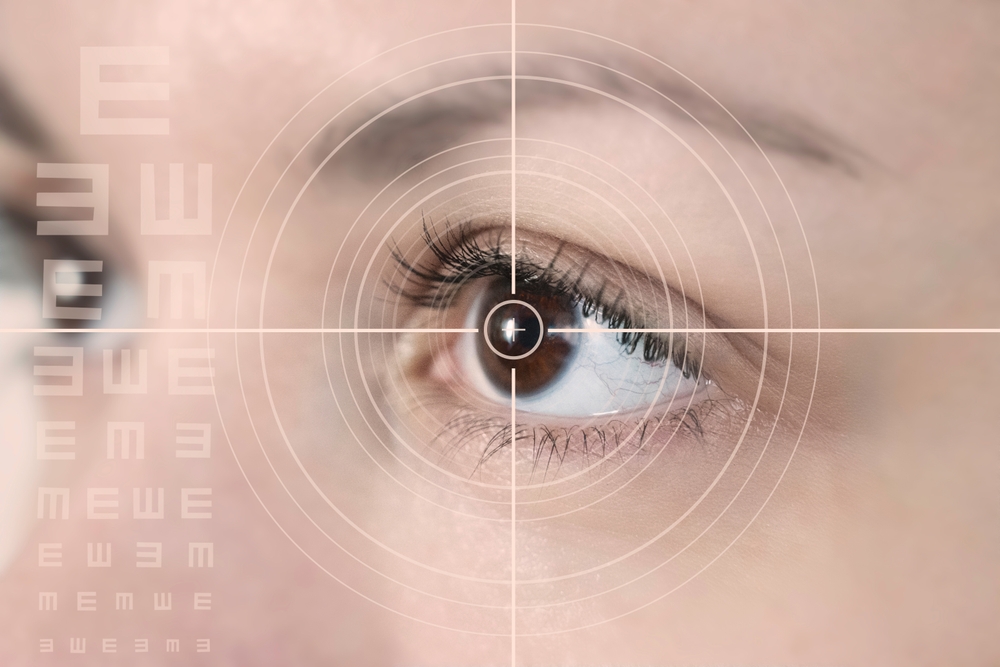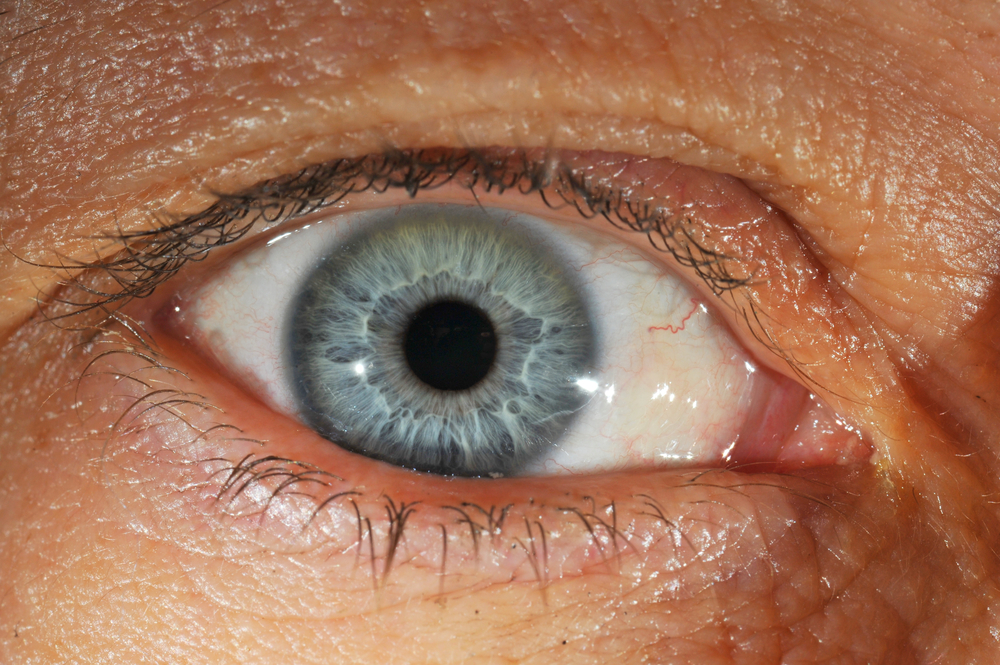Last Updated:
June 4th, 2025
Involuntary Eye Movements Caused by Addiction
There is a reason people say, “The eyes never lie.” They can reveal stress, exhaustion, fear and worry, sometimes before you even know how you’re feeling. When it comes to addiction, your eyes can be windows into serious underlying issues and early signs that alcohol or drugs are causing real damage. Ignoring these symptoms can mean missing the chance for timely intervention and also increase the chances of permanent harm.

What is meant by “involuntary eye movement”?
An involuntary eye movement is when your eyes move without you controlling them. It is sometimes known as “dancing eyes”, with some people feeling like their eyes are skipping or shaking or like they can’t focus or follow objects or people that are in motion.
There are different types of involuntary eye movement but one of the most common is something called “nystagmus”. This is a rapid flickering that can feel like the world is moving or spinning and if left untreated, it can cause permanent blurriness and other vision problems.
There are three main types of nystagmus:
- Rotary nystagmus – Circular involuntary eye movement
- Vertical nystagmus – Up and down involuntary eye movement
- Horizontal nystagmus – Side-to-side involuntary eye movement
Symptoms of nystagmus can come and go or be constant, make you dizzy and affect your ability to focus or balance.
While nystagmus and other involuntary eye movement conditions can be caused by medical issues, they are often seen in people under the influence of alcohol or drugs or during withdrawal or overdose. Various substances can disrupt the communication between your brain and your eyes, and if this happens to you regularly, it can be a sign of something more dangerous than you realise.
How can addiction cause involuntary eye movement?
Different drugs impact your body in very different ways, especially when it comes to how your eyes behave. For example, dilated pupils are one of the most visible effects of stimulant drugs like MDMA, meth or cocaine. These dilated pupils drugs increase adrenaline and stress hormones, which speed up all your body’s processes, including eye movements. This can cause your eyes to jump around, flutter rapidly and make it hard to focus on anything.
In contrast, depressants such as opioids, alcohol and benzodiazepines can cause sluggish eye movement and constricted pupils. This is because long-term substance use affects how your eye muscles move and causes slow, uncontrolled shifts in eye position. Constricted pupils are also a symptom of alcohol withdrawal and, most seriously, can be a symptom of opioid overdose that requires immediate medical attention.
Common involuntary eye movements to look out for
In the context of drug and alcohol addiction, there are two common types of involuntary eye movement and changes which are particularly important. These can often be dismissed as insignificant but they are often early symptoms of disruption to your brain and nervous system:
Dilated pupils
As explained above, dilated pupils mean the black part of your eye is wide open. Rather than being a normal reaction to no light, it is often caused by substances that push your nervous system into overdrive.
Dilated pupils drugs include cocaine, ecstasy, meth and some ADHD medicines. Alongside dilated pupils, they also cause fast, shaky eye movements that make it hard to stay focused and leave you looking spaced-out or startled.
Constricted pupils
Constricted pupils are very small pupils that barely respond to light. This isn’t because of tiredness but because your body slows right down under the influence of depressant drugs. Constricted pupils drugs like heroin, prescription opioids and even alcohol can all cause this, especially during heavy use or in the case of an overdose.
In the case of an opioid overdose, constricted pupils often appear alongside confusion, extreme tiredness and loss of consciousness and if you see these signs, you need to get help right away.
When should you see a professional for involuntary eye movement?
It is always advisable to get immediate medical or rehab treatment for involuntary eye movement caused by alcohol or drug addiction. This will prevent any eye or vision complications and will deal with the root causes of your substance use.
However, it’s important to note that there are other causes of involuntary eye movement which also need medical attention. These include:
- Inherited genetic conditions
- Multiple sclerosis and other diseases that affect the Central Nervous System
- Brain tumours
- Deficiencies in thiamine (vitamin B-12)
- Infections and diseases of the eye and inner ear
- Trauma
- Stroke
During a visit to the doctor, you will be asked about your living environment, what medications you have taken, how long you have been experiencing the symptoms and/or what other underlying health conditions you have.
They may also carry out an MRI, CT scan, X-ray or a refraction test to help determine how to treat your vision problems. Blood tests may also be conducted to be sure you aren’t lacking in any vitamins, as well as a range of vision tests. All of this is done to diagnose you properly and provide the right treatment.
The dangers of ignoring involuntary eye movement
Involuntary eye movement can be an early sign of brain stress, nerve interference or chemical overload. With substances like alcohol, opioids and stimulants, your brain’s ability to regulate movement and sensory input can be thrown completely off. Ignoring this can lead to worsening symptoms, from blurred vision and disorientation to dangerous neurological events like seizures or collapse. As explained above, eye symptoms can also be one of the telltale signs of a fatal overdose.
What makes involuntary eye movement even more risky is how easy it is to dismiss. People often assume it is a temporary side effect or just fatigue but the longer these symptoms go untreated, the more likely it is that the underlying cause is doing damage that could be permanent.

What should I do if I notice involuntary eye movements in myself or a loved one?
Involuntary eye movements can be a worrying symptom and that is more than enough reason to get advice. At Addiction Helper, we have spoken to thousands of people who were just as confused and scared as you might be now. Whether it’s involuntary eye movement, pupil changes or other symptoms you’re worried about, we can talk it all through with you. Contact us today and let’s figure out the next step together.
Our compassionate team are ready and available to take your call, and guide you towards lasting the lasting addiction recovery you deserve.

